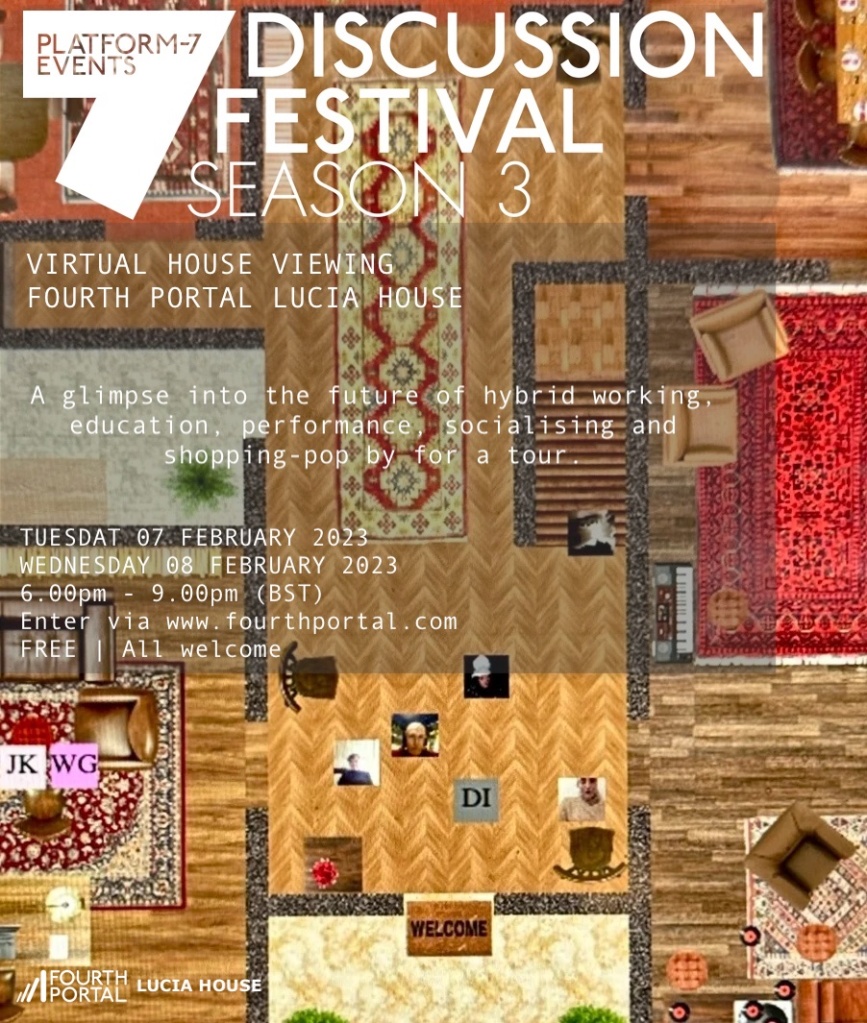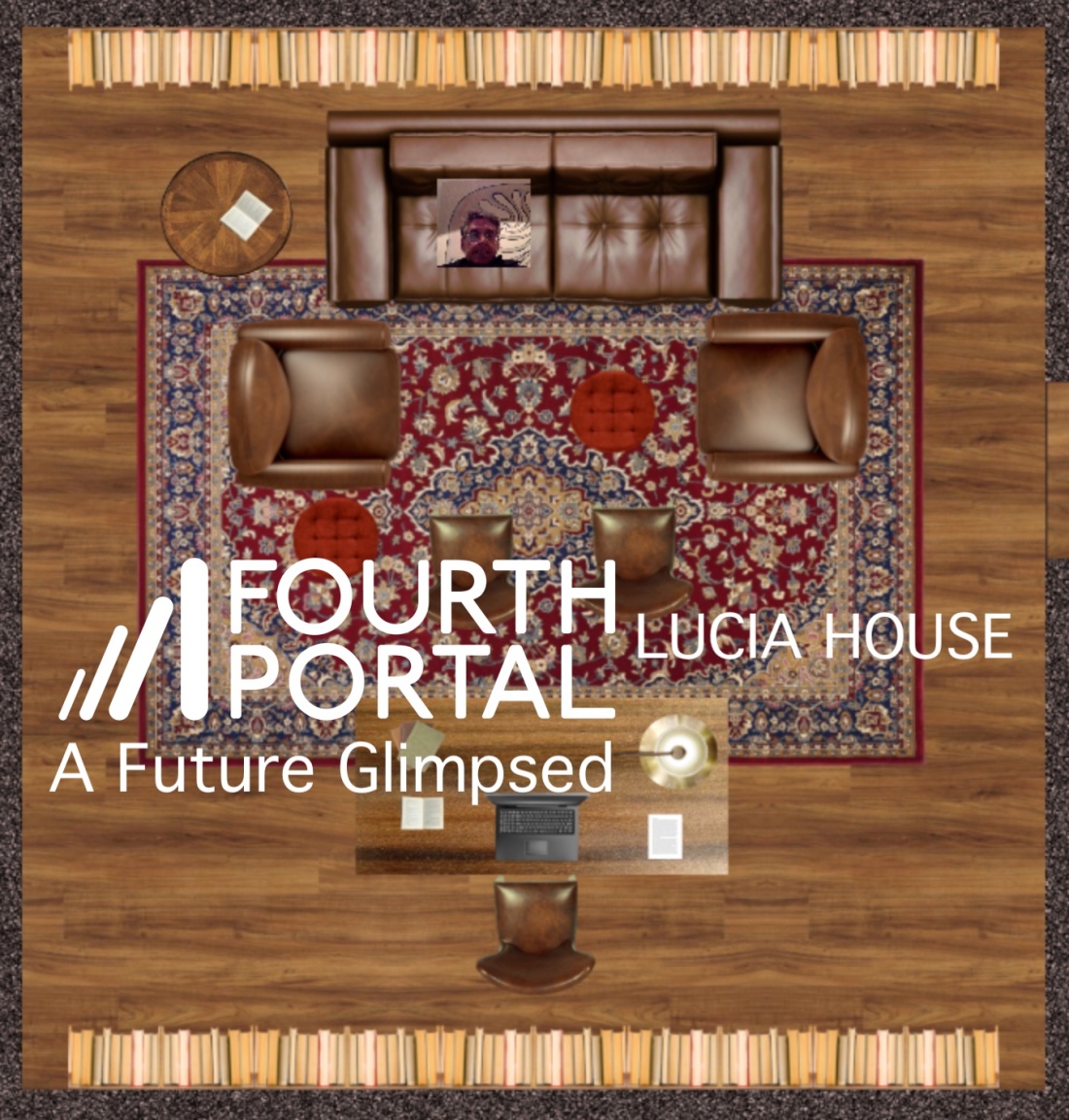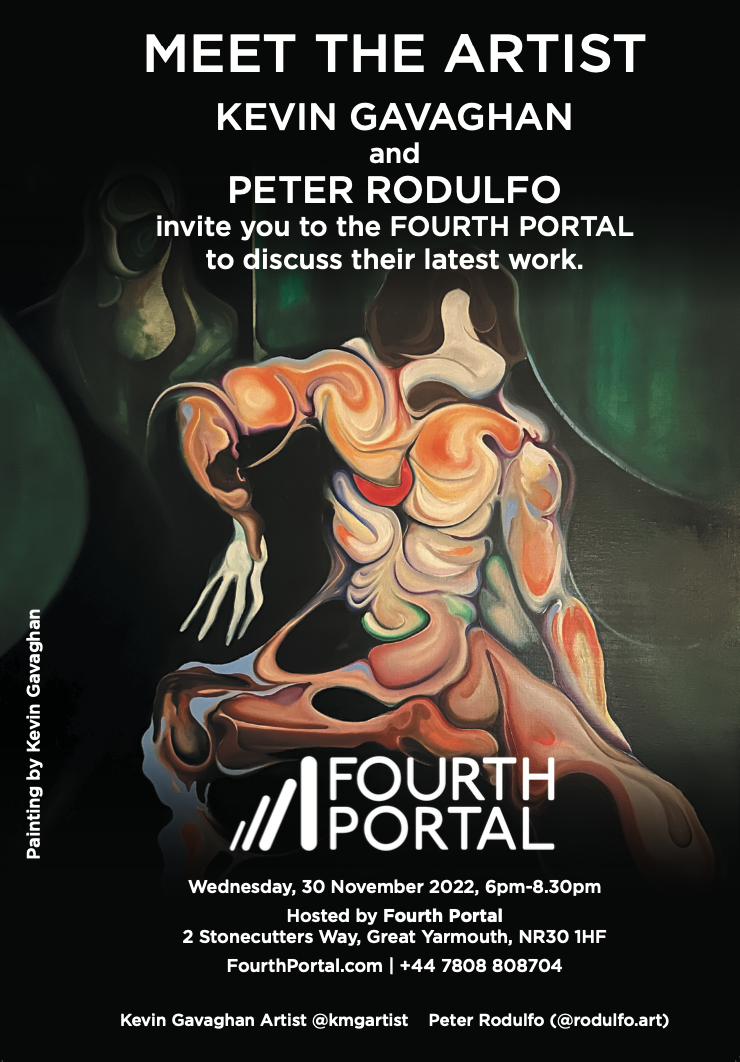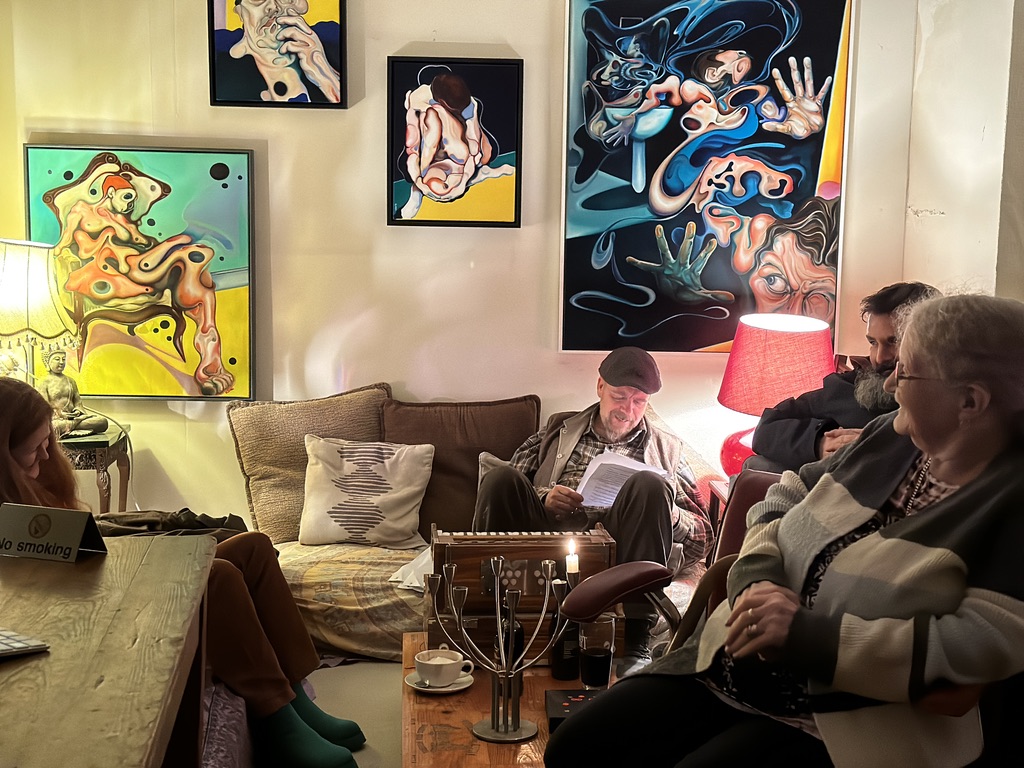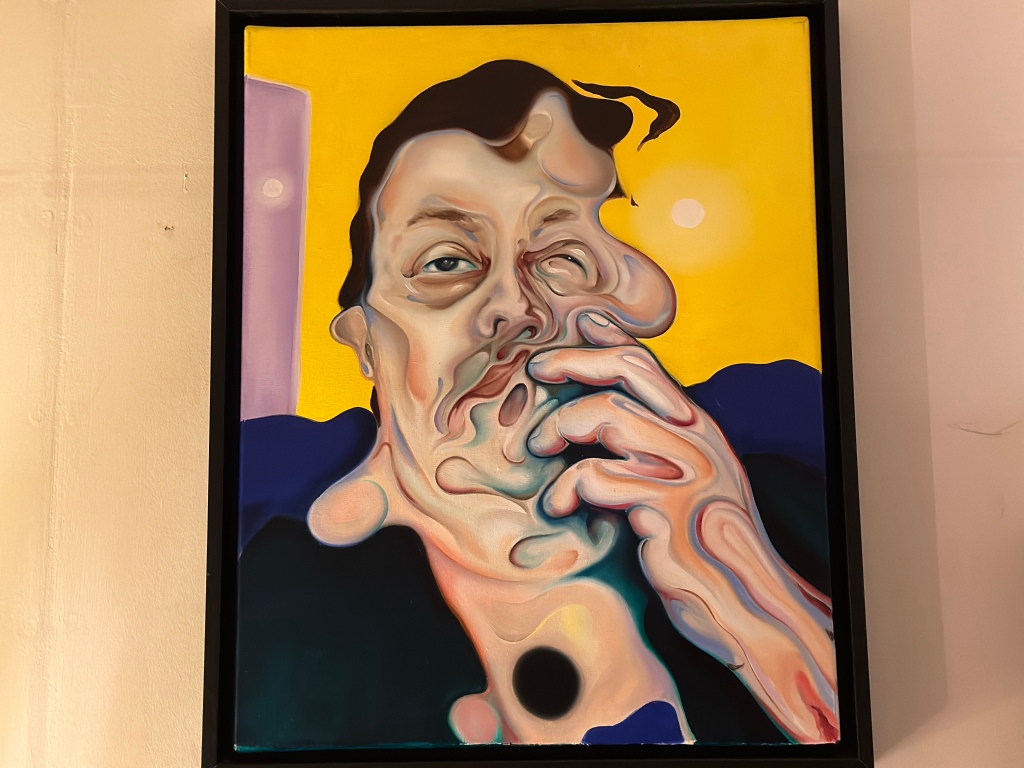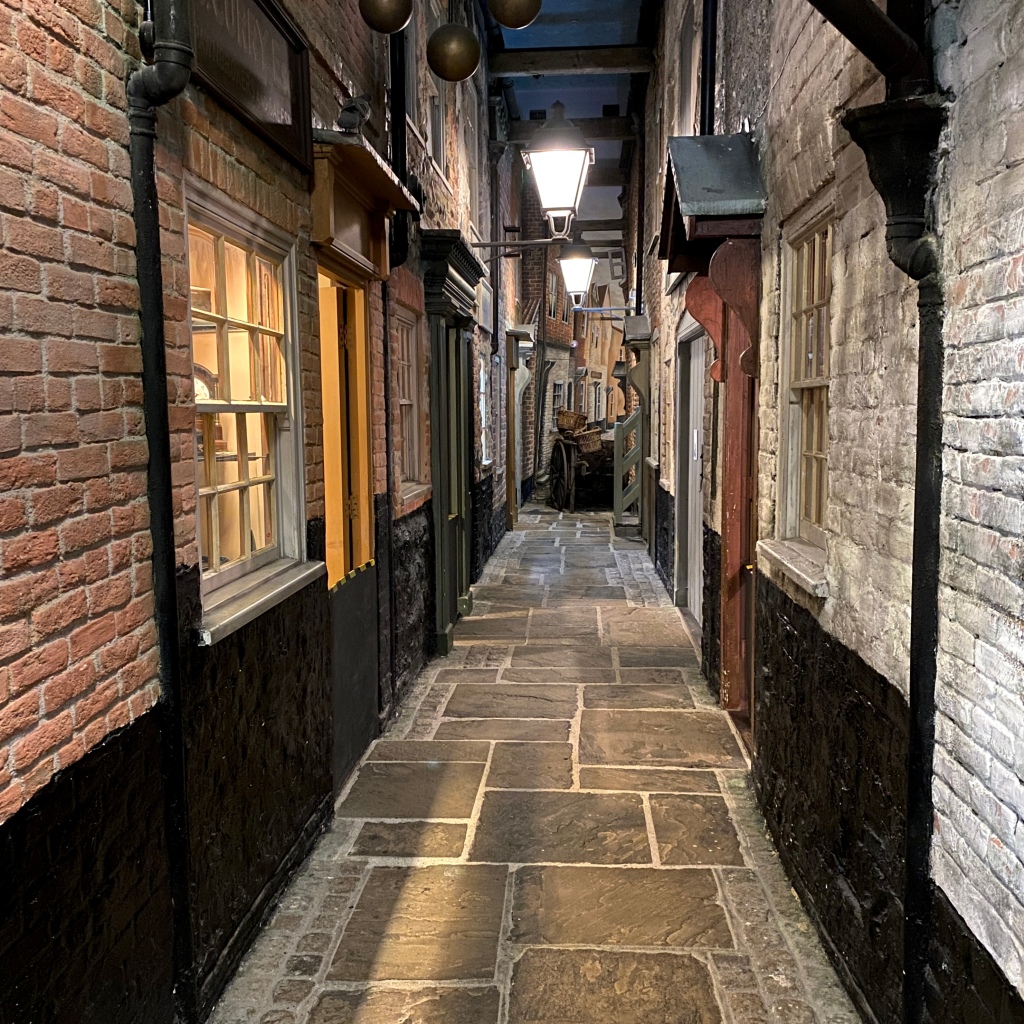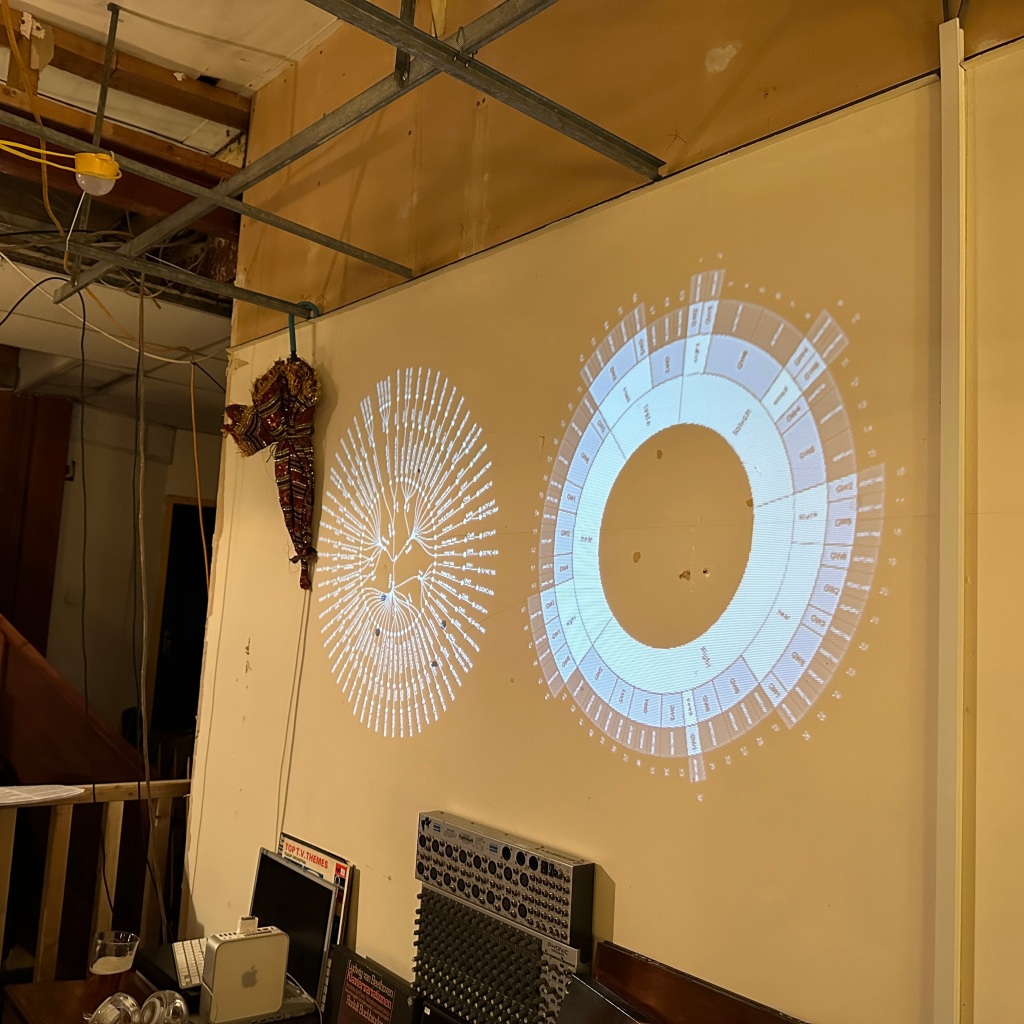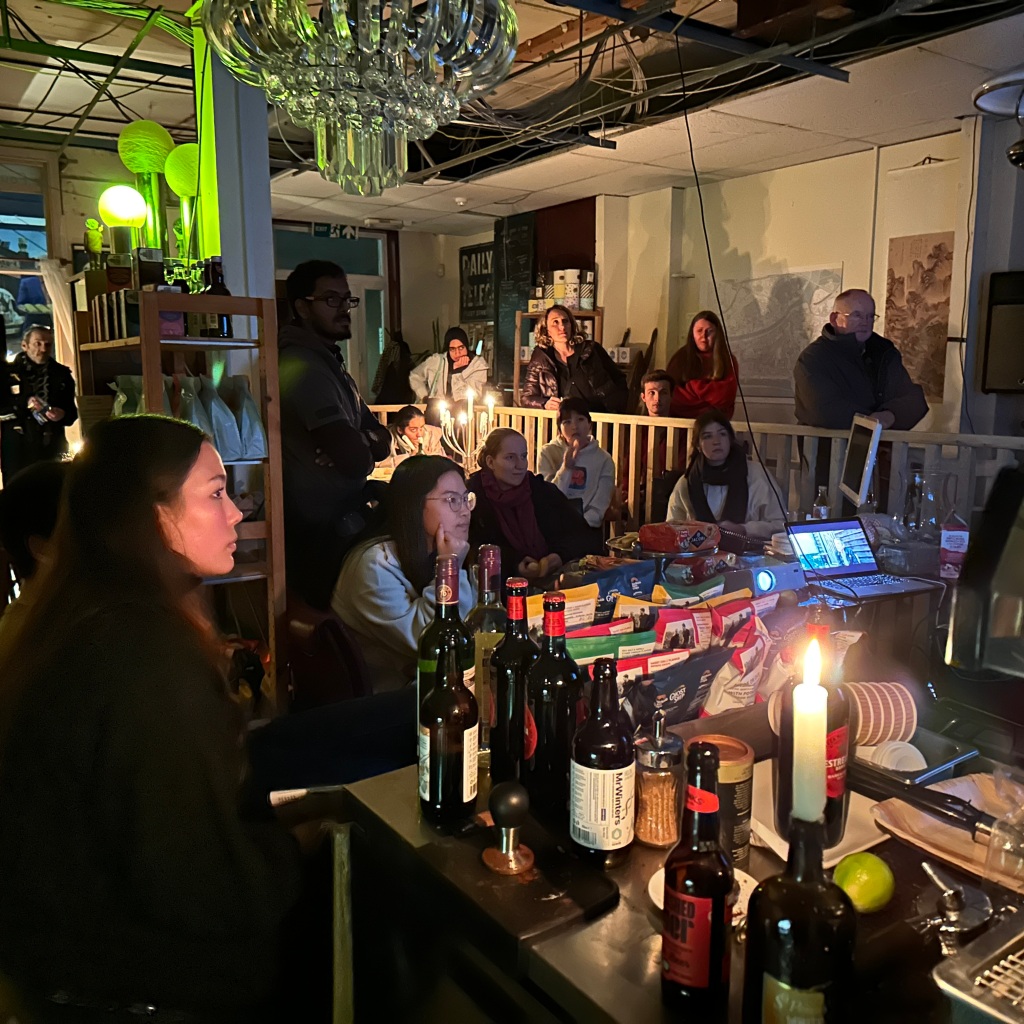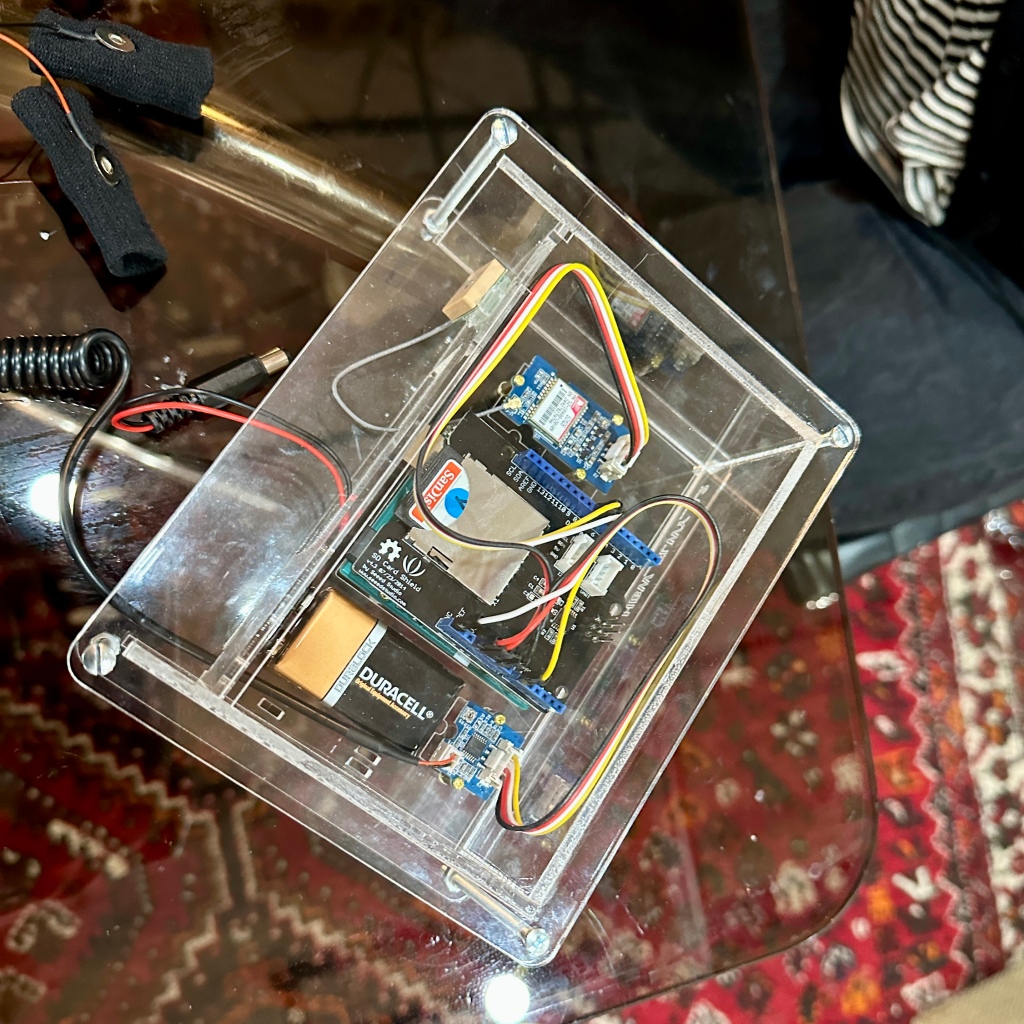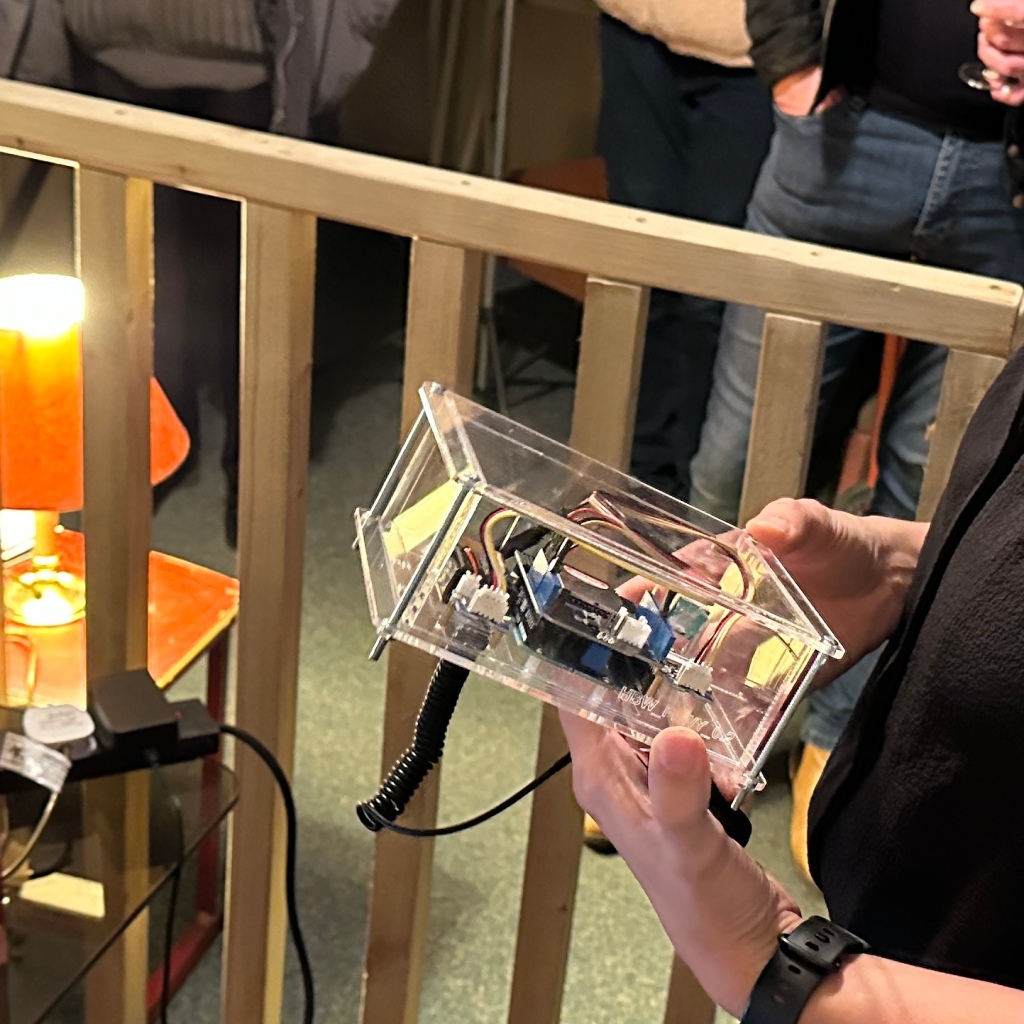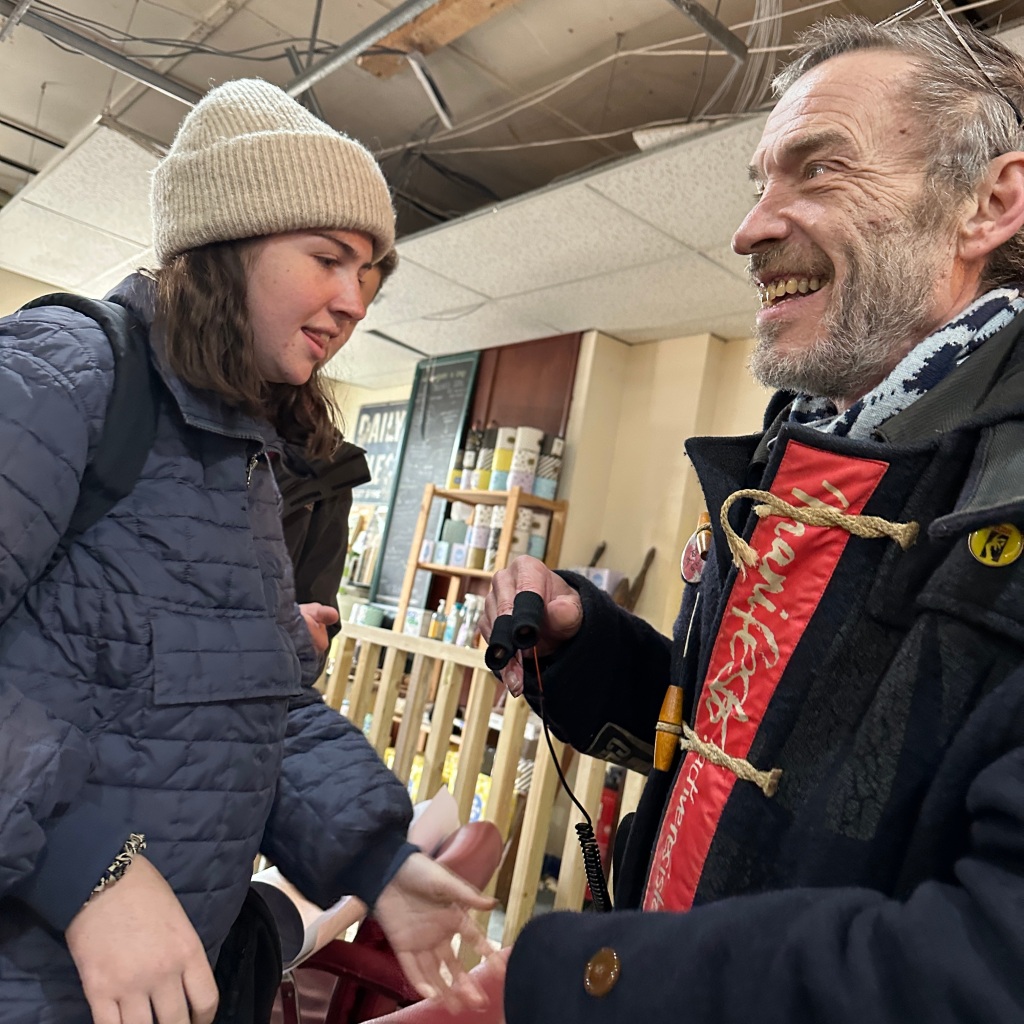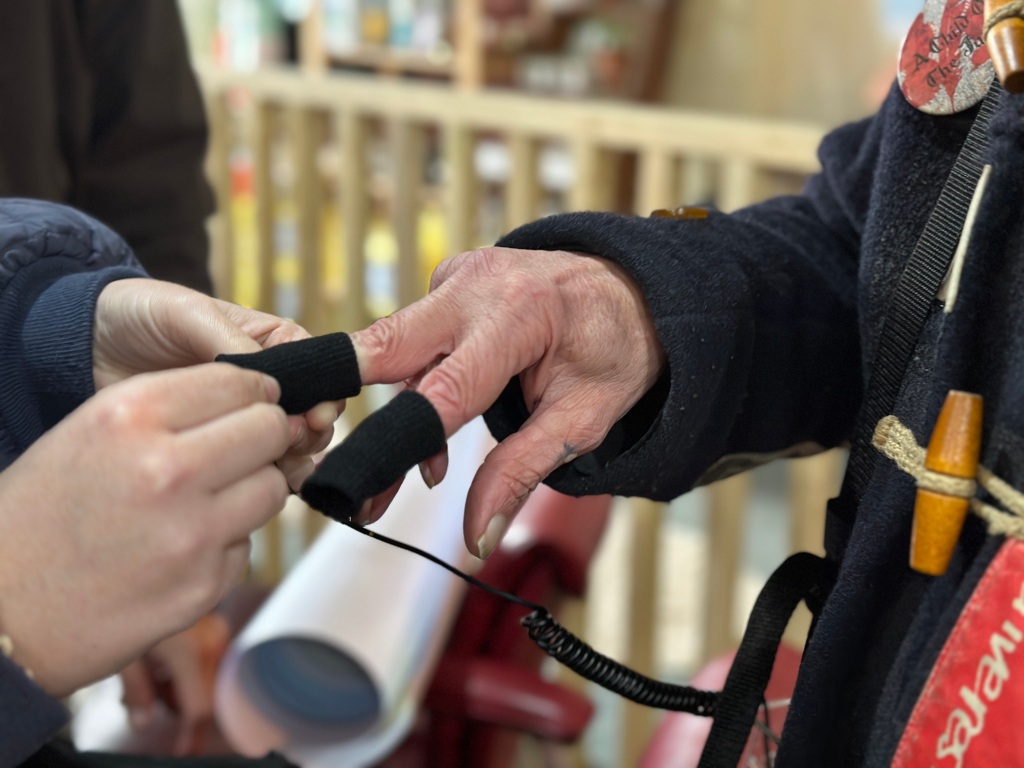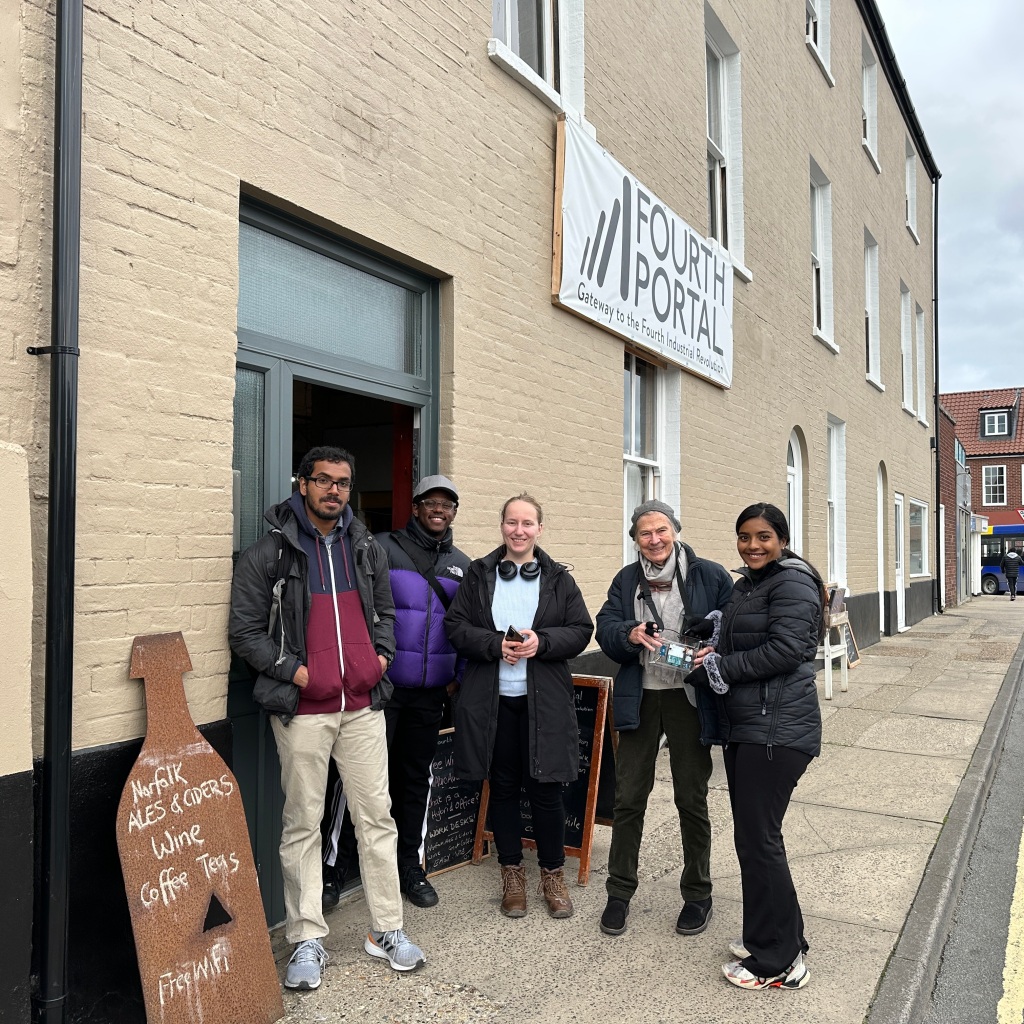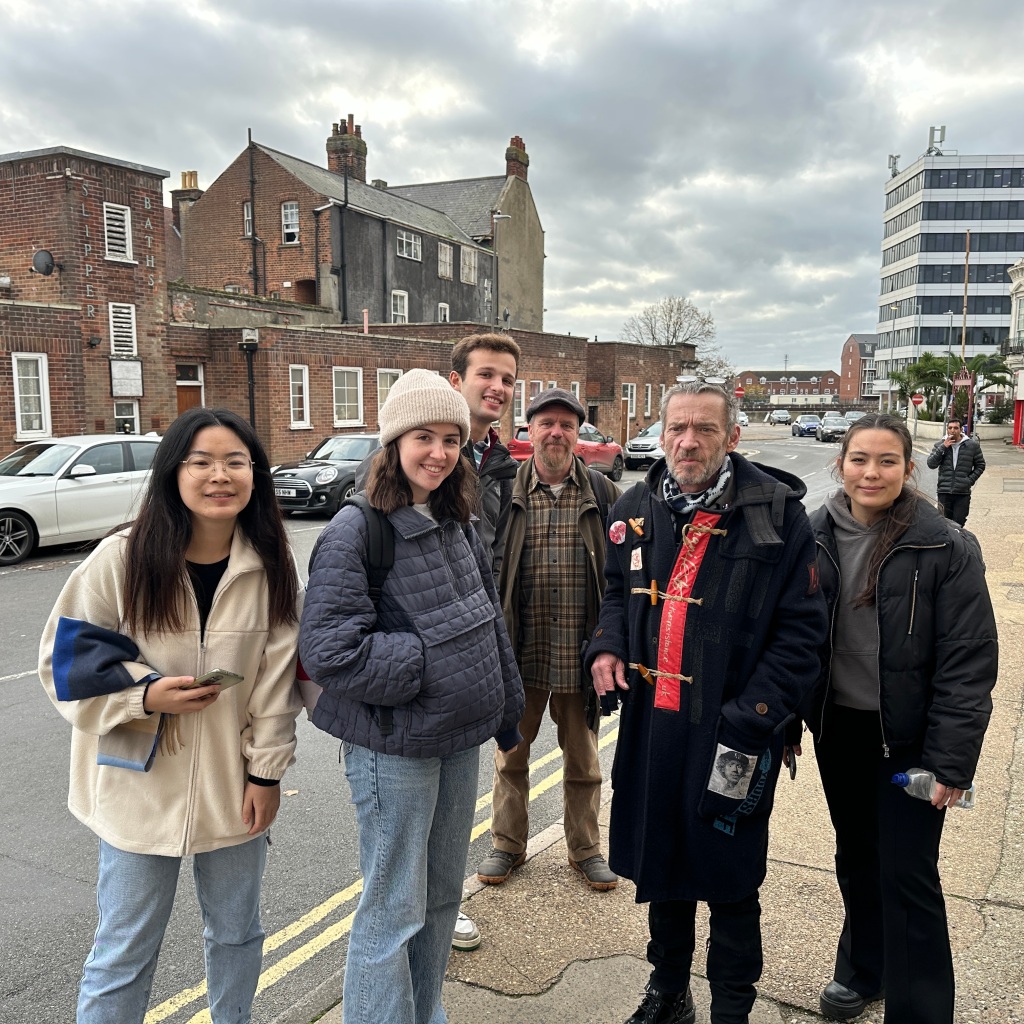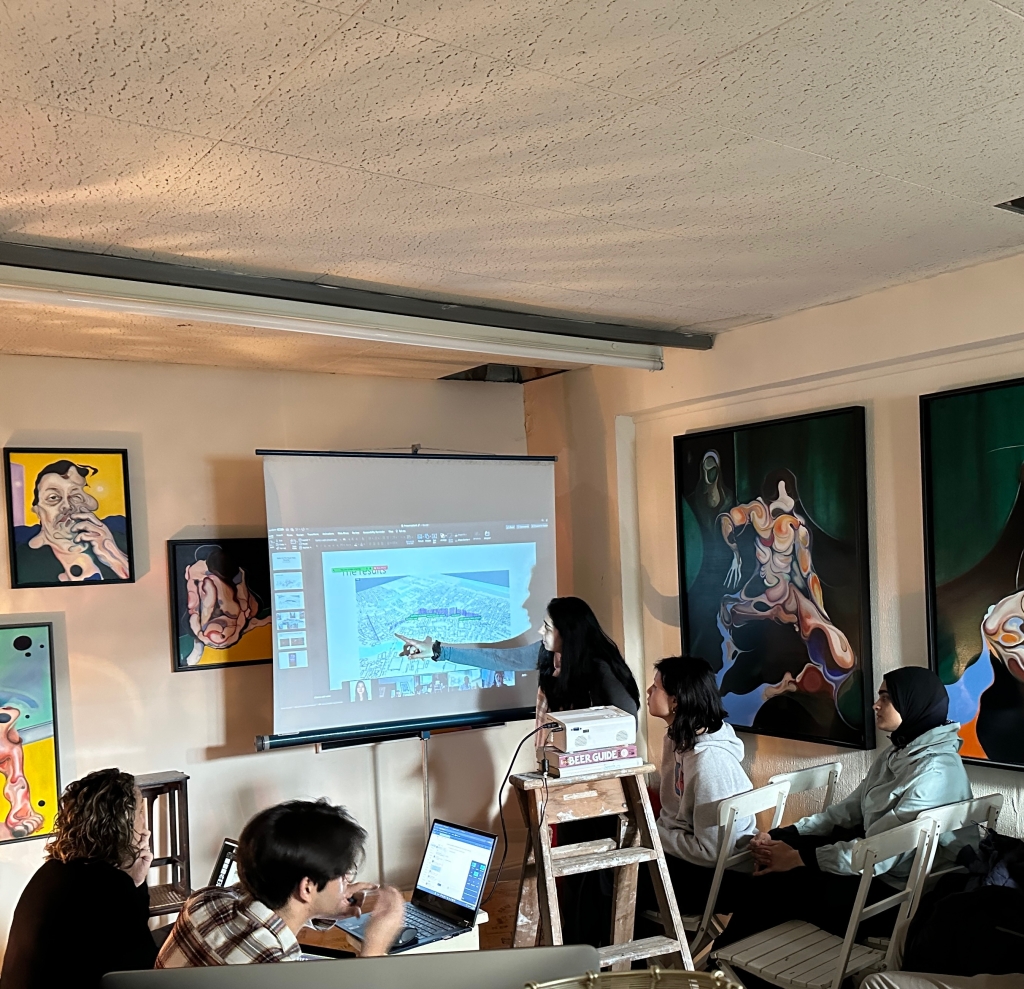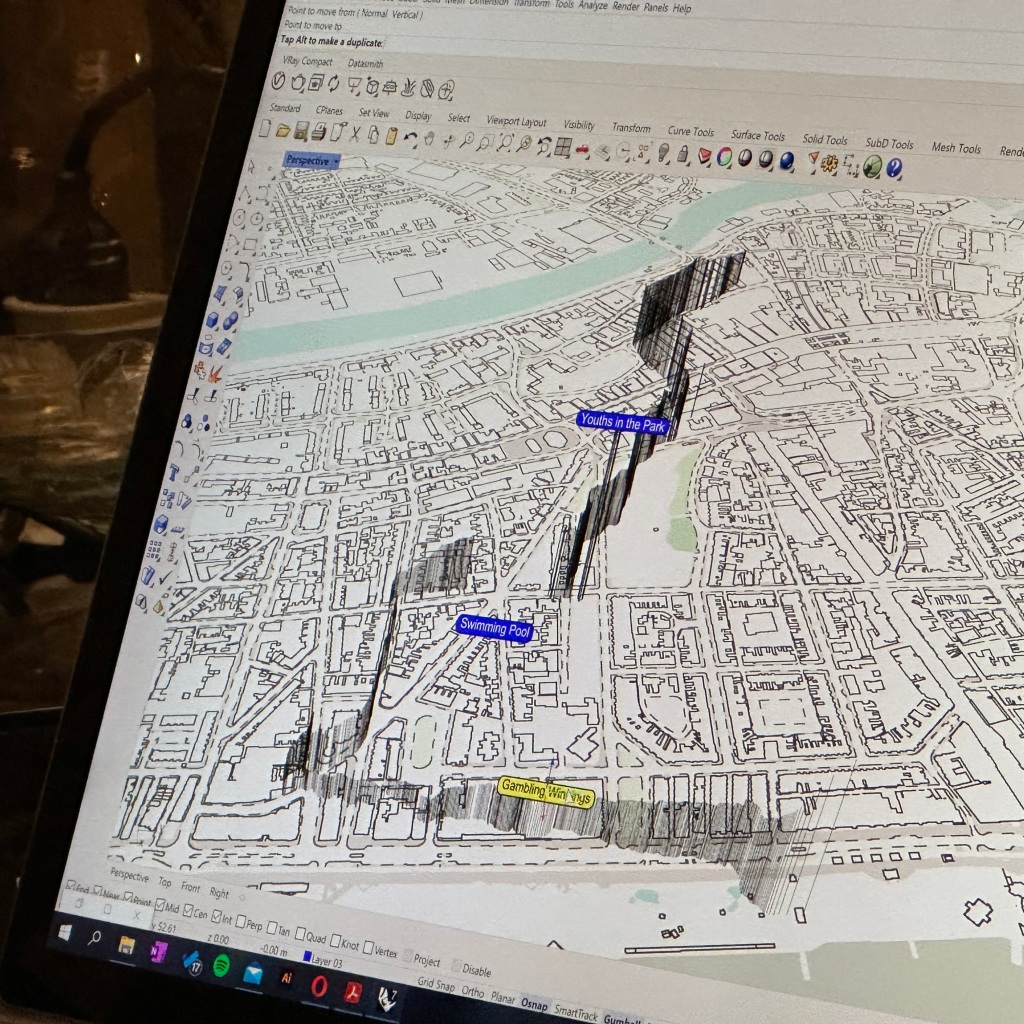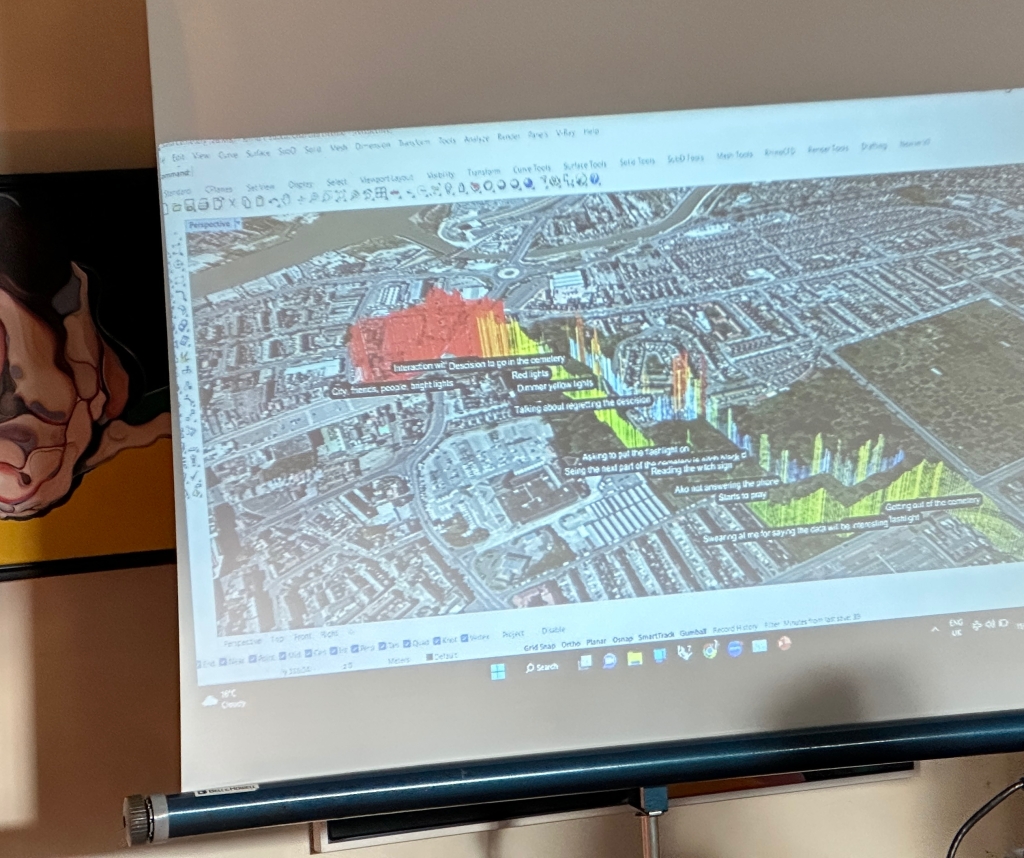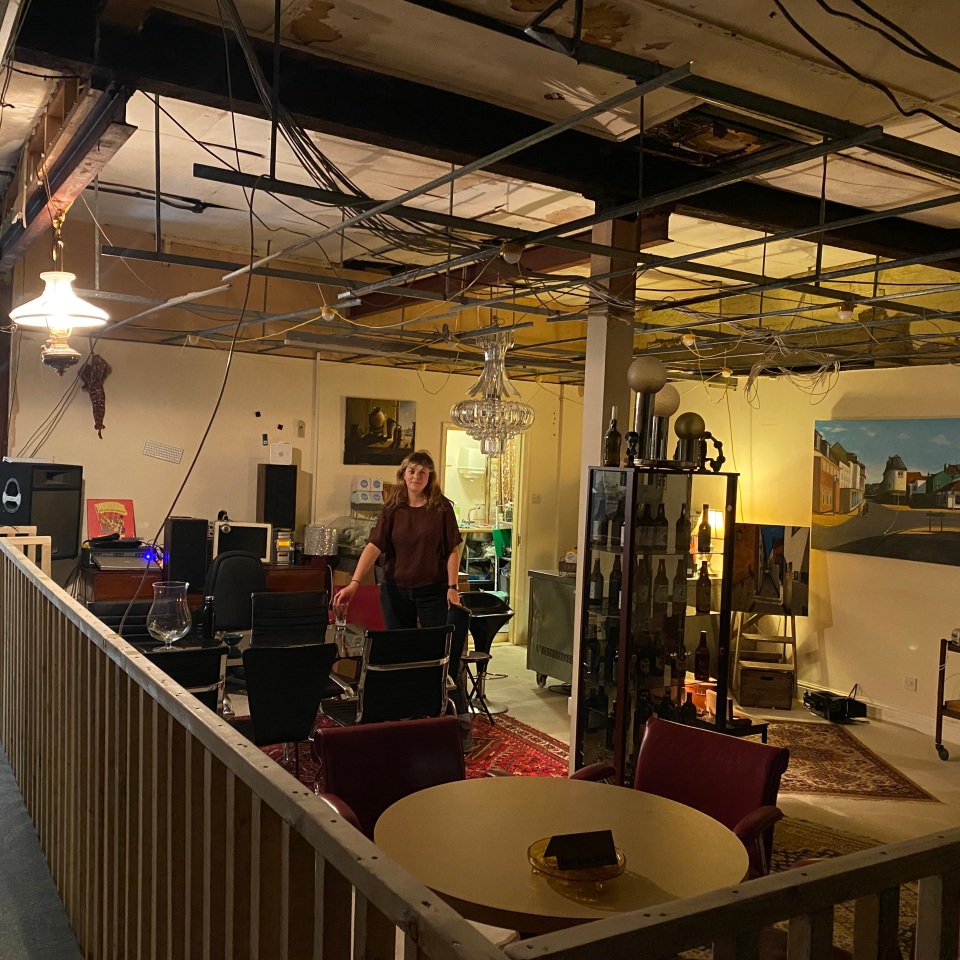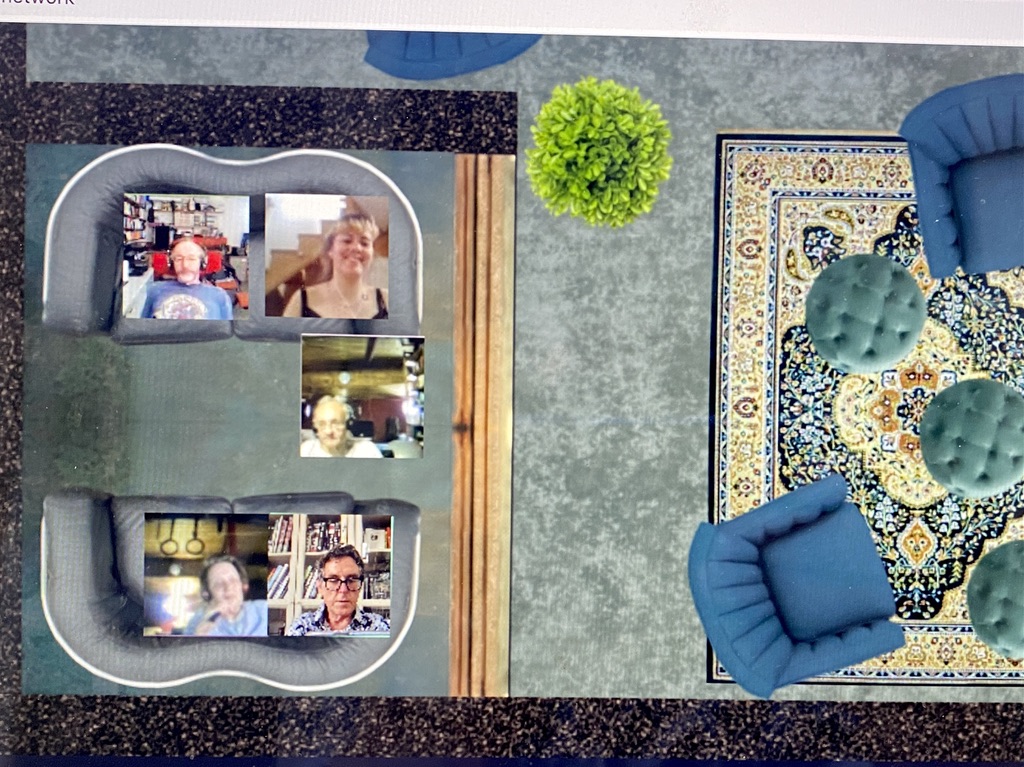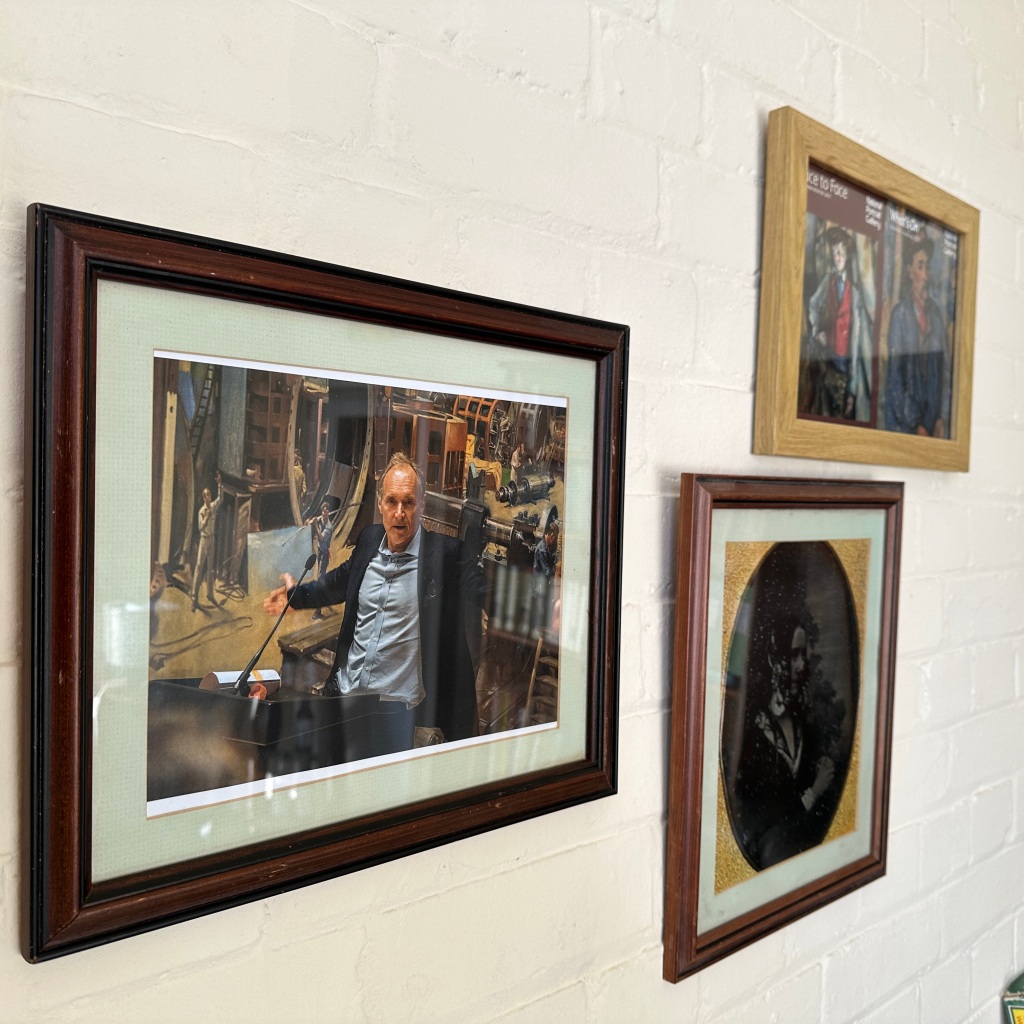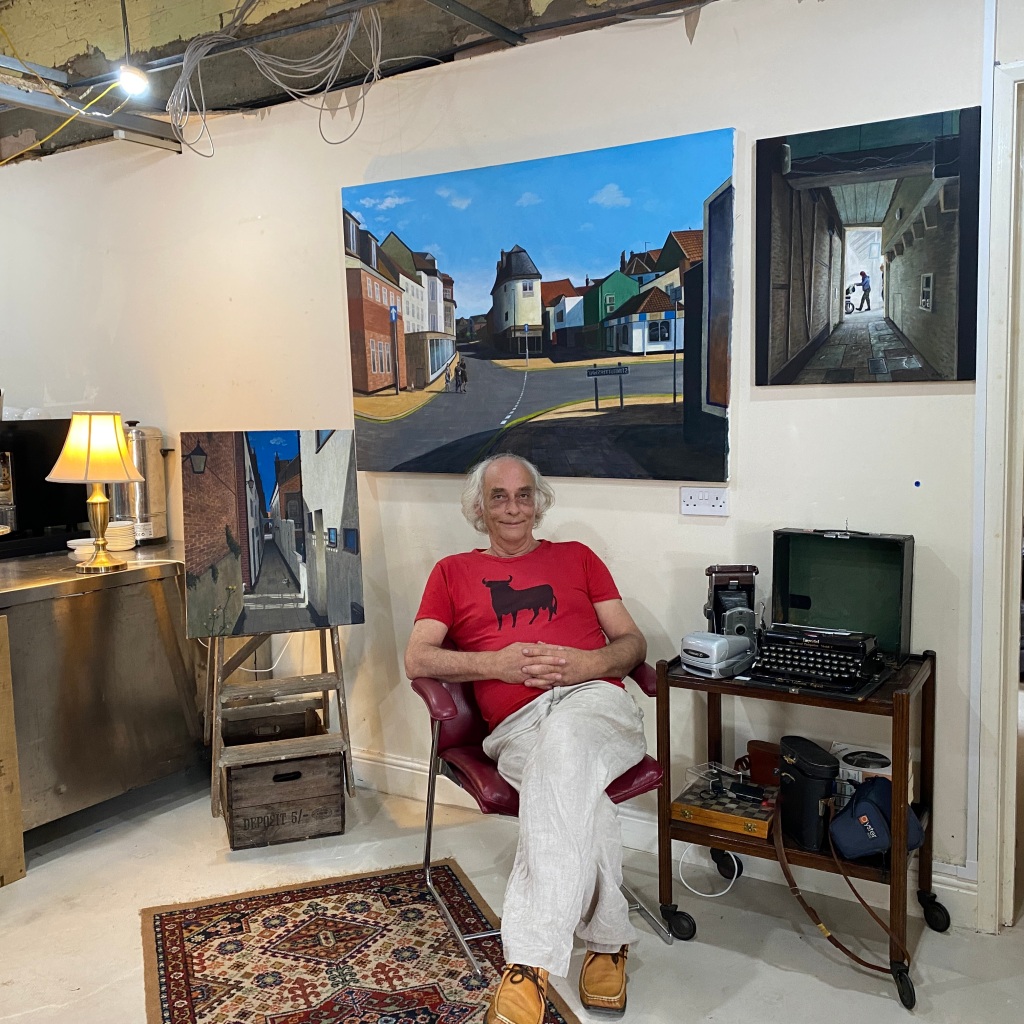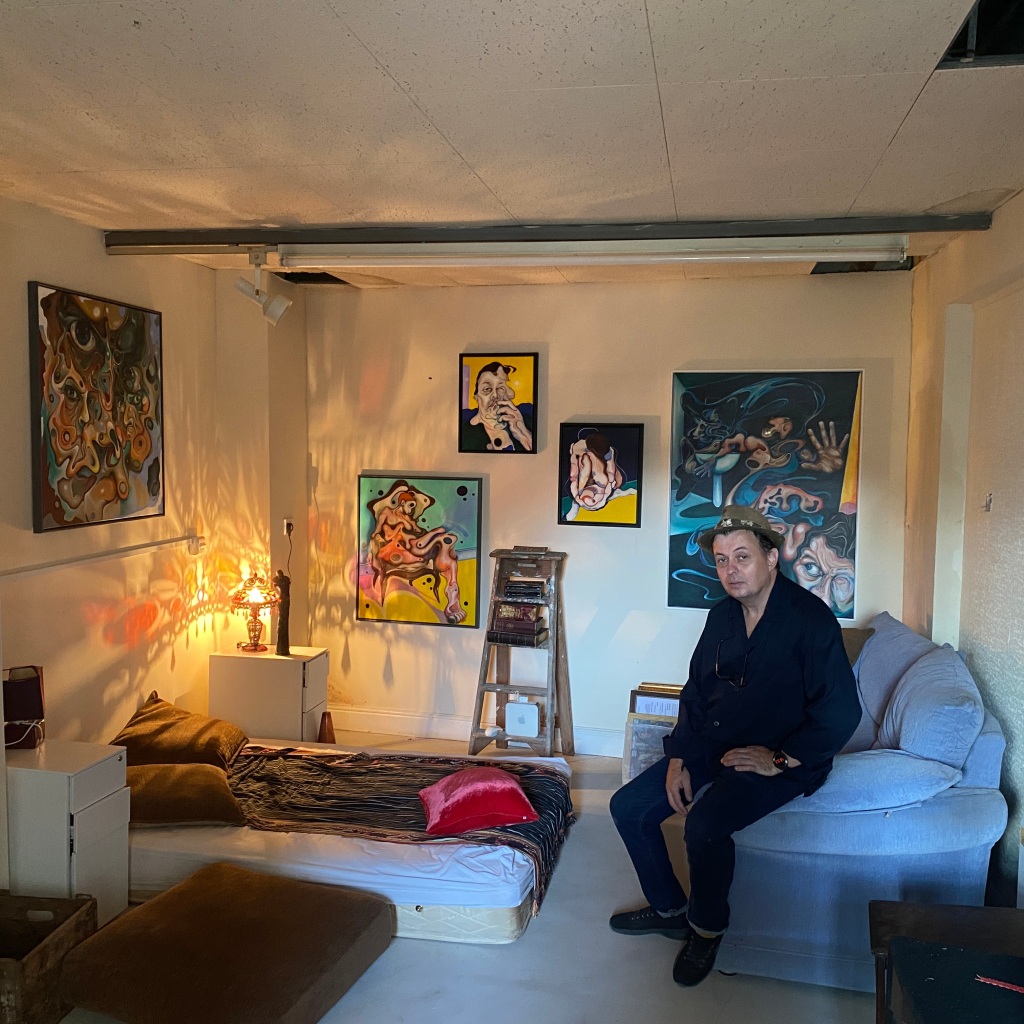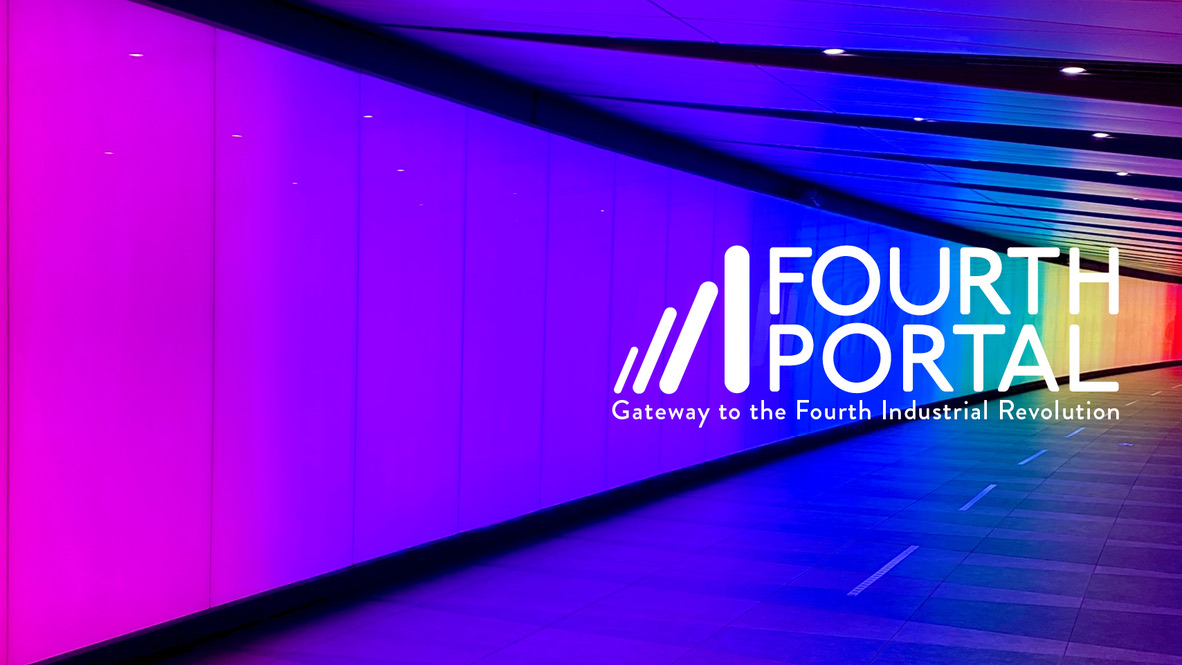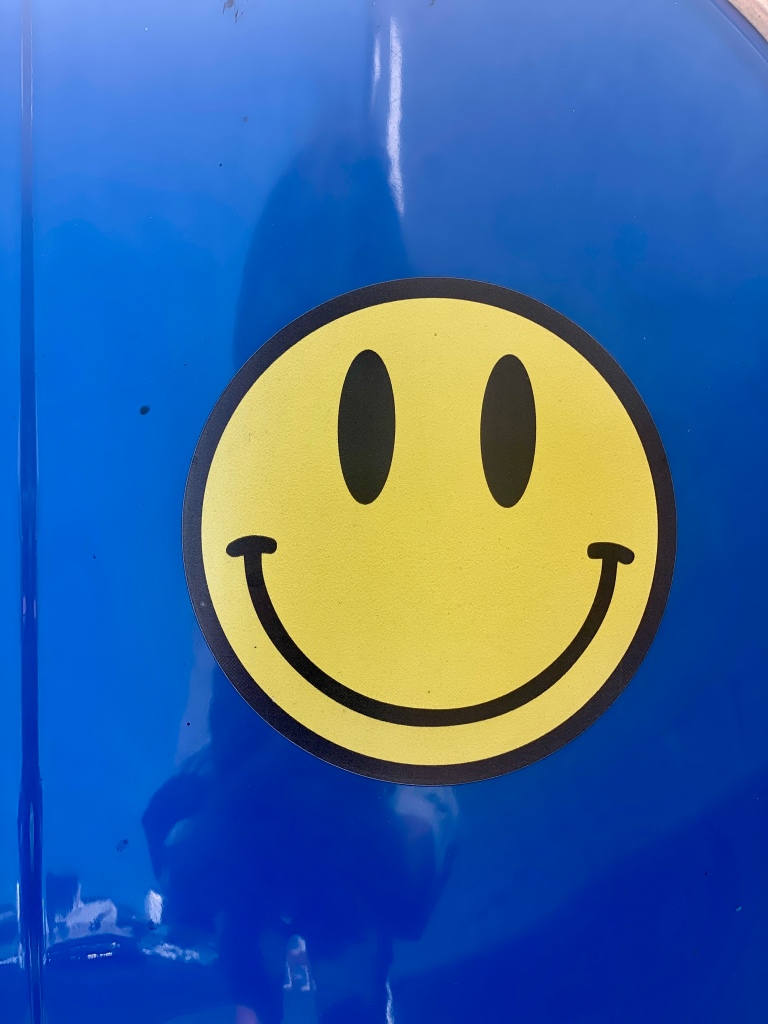A co-designer of the New Scotland Yard Control Room commented on LinkedIn that Discussion Festival is a glimpse into the future of meetings. Fourth Portal Stage 3 testing focuses on the virtual Lucia House and how this developing business model will soon become the new normal.
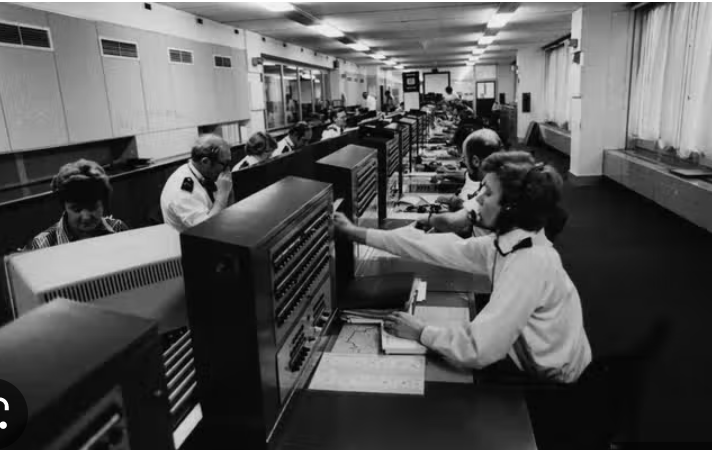

New Scotland Yard Control Room 1969 and 2000 (Google images)
Communication and relationships
A co-designer of the Bank of England and New Scotland Yard Control Rooms commented on LinkedIn, Discussion Festival is a glimpse into the future of meetings. Denis O’Brien spent his career in and thinking about design and ergonomics. Control in the context of a Control Room is probably misplaced as the room is a room for communications; control is a result of communication, not vice-versa.
Denis is one of several people whose work involves understanding systems and have become intrigued by the developing Fourth Portal Lucia House hybrid. Investigating how to build a hybrid concept began in 2018 and has concentrated on how people will communicate and form meaningful relationships in the future.
A straightforward concept
On paper, the hybrid concept is simple; a location where a person can talk to others in the room and simultaneously elsewhere.
The concept is not new; teleconferencing dates back to the 1980s and was available much earlier. Technical issues developing publicly accessible hybrids are audio, not visuals. Conversations bleeding into one another and audio feedback are the main challenges for hybrid spaces to become more broadly available. Solving the audio issues is complex and the reason why audio is attracting large amounts of public and private funding for research and development. In time, affordable technical solutions will overcome problems concerning sound.
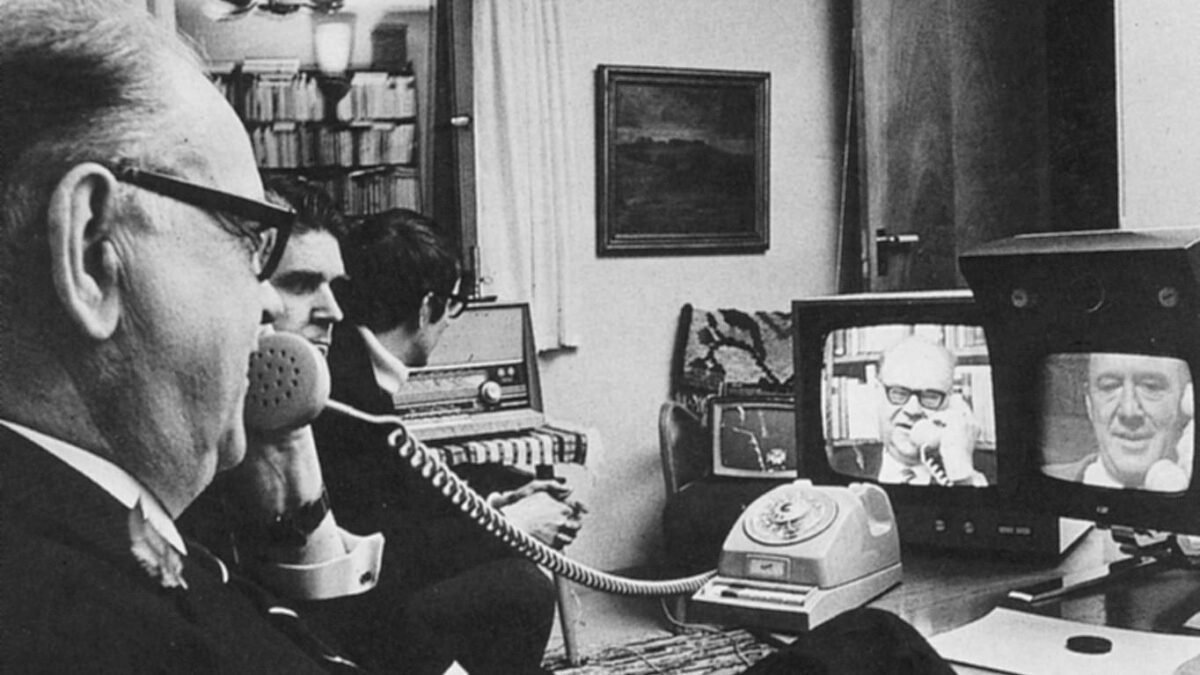
Swedish Prime Minister Tage Erlander using an Ericsson videophone to speak with Lennart Hyland, a popular TV show host (1969). Image via Wikipedia
The end of real-world meetings?
So does the emergence of hybrid equate to there never being a reason to meet another person in real-life again, as it can be done virtually? No, and far from it.
Articles and research discussing virtual meetings, gigs, consultations, shopping and metaverse are often simplistic. The tendency is to concentrate on technology and the pros and cons of whether hybrids are taking off or dying. These arguments are symptomatic of an economic transactional mind-frame, even when people believe they are not talking about economics. Writing and research on hybrids should instead focus on human behaviours and need.
Hybrid will dwarf Facebook and YouTube combined economically. This is how extensive the hybrid market will become. Does this also mean Facebook and Google will dominate the space? Unlikely. If anything, Facebook and Google may end up in an exhibition cabinet in a virtual museum along with Ask Jeeves and Myspace.

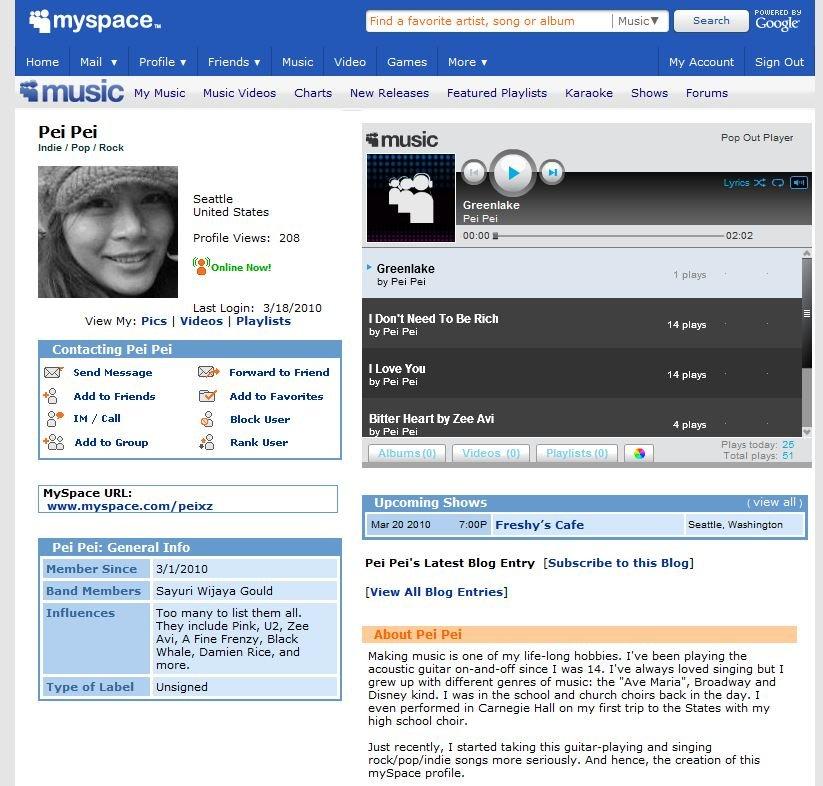
Not social media
Three aspects of modern hybrid communication make this period different from the transformation brought about by social media.
- How humans communicate and form meaningful relationships
- Accessibility to global communication systems and the cost
- Developments in machine learning, artificial intelligence, virtual reality, linked data and semantic technology.
1. How humans communicate and form meaningful relationships
Is there any evidence that the invention of the telephone destroyed the ability to have meaningful relationships? No.
The invention of the telephone enabled the expansion of meaningful relationships with people who would otherwise have been almost inaccessible. Society’s fascination with telephones soon faded and was absorbed into everyday life, becoming just an instrument for communication.
Through communication, relationships are formed. Hybrids are no different. They will become just another instrument or tool for people to use to connect with another human with the added ability to also engage with an object or activity.
2. Accessibility to global communication systems and the cost
Laying cables and building exchanges made the rollout of the telephone a slow process. More than a century after its invention, half the world still did not have direct access to the telephone. This has changed dramatically even since the launch of social media around 2004/5.
Satellite communications allow communication to inaccessible places. Relay systems even provide for those with hearing impairment and deafness. Communication infrastructure has now spread to all parts of the world. The cost of employing such infrastructure continues to fall.
In terms of people communicating, the world could become one big village.
3. Developments in machine learning, artificial intelligence, virtual reality, linked data and semantic technology
As with laying the cables and building the exchanges of the early telephone network, much of the digital technology foundations are now in place. Machines only learn what a cat looks like by looking at millions of images of cats. These images have been provided by millions of people uploading photos of their cats to social networks and websites.
As hardware, like camera phones improve, and as more people are connected to the web, machines will have more data from which to learn. In time, this will lead to further innovations and opportunities.
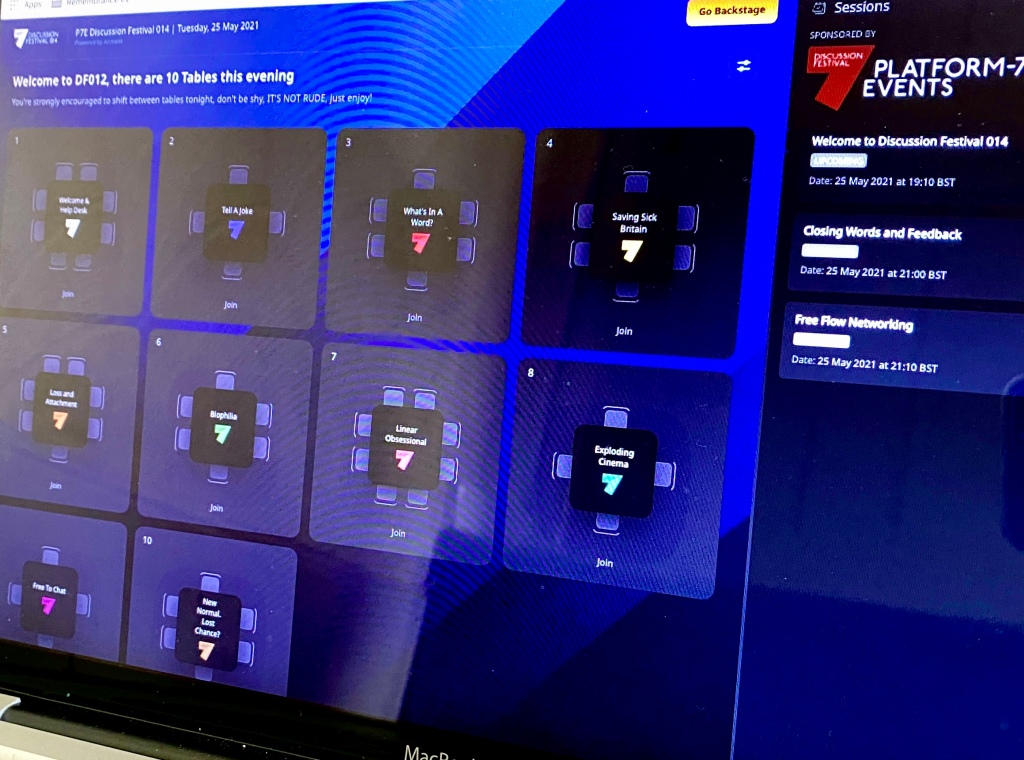

The layout of Discussion Festival Season One table and topics
Understanding the need
In 2005, few people could realise the potential of YouTube. The key reasons were that camera phones and broadband were still relatively primitive to what is experienced today. There was also little perceived need for such a technology. This also applied to Zoom in 2019; it will never catch on. Then came the pandemic.
The Discussion Festivals research highlighted many of the same comments and resistances noted in 2005 when this author was trying to raise interest in self-video creation and podcasting. At that time, there was almost no one willing to discuss further than as a general chat. The key reason was there was no perceived need.
Poets, professors, dancers, teachers, engineers, politicians, business people and more show interest in the Fourth Portal before returning to doing what they are doing. There generally remains a disconnect between how life was lived before social media, text messaging and camera phones and now because these things have become the norm. The Discussion Festival is highlighting that most see hybrid as another form of social media. This is a misplaced understanding.
The hybrid needs to be imagined as the arrival of the invention of the telephone. It will be fundamental to everyday communication and life. Social media, as it is used and understood today, will be absorbed into hybrid communications. Hybrid allows for much richer contact with others. It will expand connection beyond the restraints of physical walls and controlled virtual spaces, as provided by Zoom and others.
Global Cafe
Hybrid is likely to explode in locations where other forms of physical infrastructure are less developed. Areas suffering from poor public transport, roads and bridges. Towns suffering from a lack of conducive meeting places like cafes, pubs and community spaces. Remote or inhospitable places, like Antarctica.
A new kind of global cafe community will transpire. These communities already exist in a lesser form, gaming being the best example, and to some degree in international corporations. The global cafe community will be more diverse, open and exposed to new ideas and innovation. New businesses and forums will emerge that have not yet been imagined. How everyone works, socialises, purchases and is educated will expand beyond recognition.

The layout of the Discussion Festival Season One table and topics
That’s all in the future
“The future is already here – it’s just not evenly distributed”, as William Gibson the author has written (Wikipedia)
The opportunities are enormous, as are the risks of becoming even more isolated for those determined to resist. It is why spaces where people can come together, whether physical or virtual, are the necessary next step in how people communicate.
Fourth Portal and the Fourth Portal Lucia House are early attempts to develop a hybrid equivalent of the telephone exchange.
Telephone exchanges were set up to centralise the telephone network within a smaller geographic area. This system allowed other individual lines to be connected through a central station. These were the forerunners of switchboards. An individual would need to manually connect the wires to each other through the switchboard. Most of the early users of phones were businesses. Many phones would go to a doctor’s office, police station or bank. Individuals could subscribe to the switchboard for a monthly fee that gave them access to the telephone network.
https://www.mitel.com/en-gb/articles/history-telephone-and-communication-businesses
Each Fourth Portal will be the hub for a smaller geographical area. Each hub will allow people to connect both manually, in the physical space, whether to socialise, work, learn or shop and virtually, via remote access. The majority of early adopters will be those considering the next evolution of their business, education, friendship circle or personal development.
The Fourth Portal is an opportunity to immerse in the near future.
Relational Industry
A prosumer is an individual who both consumes and produces. The term is a portmanteau of the words producer and consumer. Research has identified six types of prosumers: DIY prosumers, self-service prosumers, customising prosumers, collaborative prosumers, monetised prosumers, and economic prosumers.[1]
The terms prosumer and prosumption were coined in 1980 by American futurist Alvin Toffler and were widely used by many technology writers of the time. Technological breakthroughs and a rise in user participation blur the line between production and consumption activities, with the consumer becoming a prosumer.
(Wikipedia)
Social media was, and remains, a prosumer industry. The Facebook model is predicated on people posting content that others wish to look at. US Cable television had already introduced this model in the 1980s, and social media only expanded it.
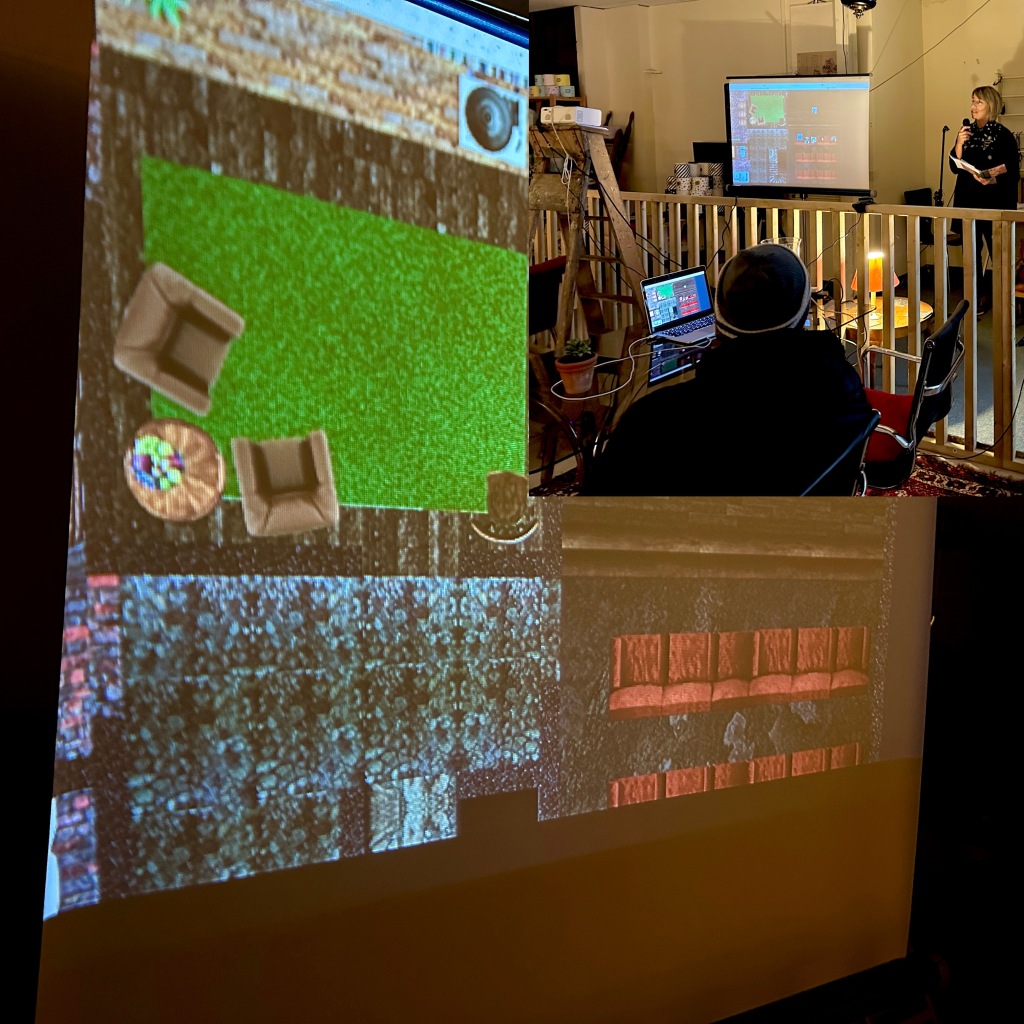
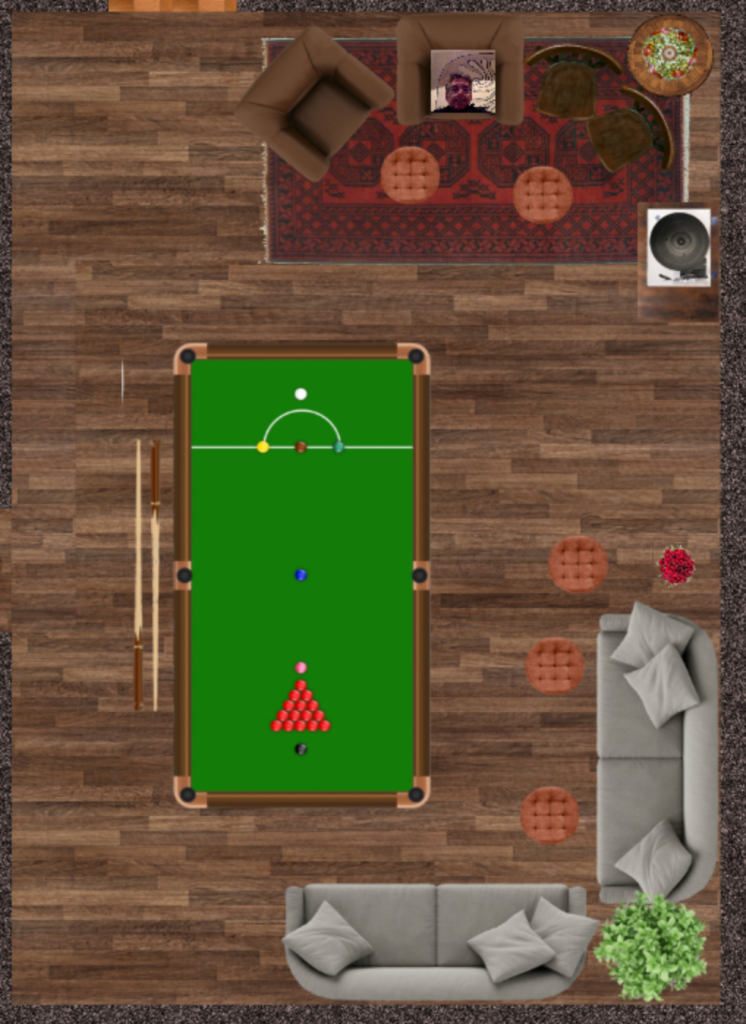
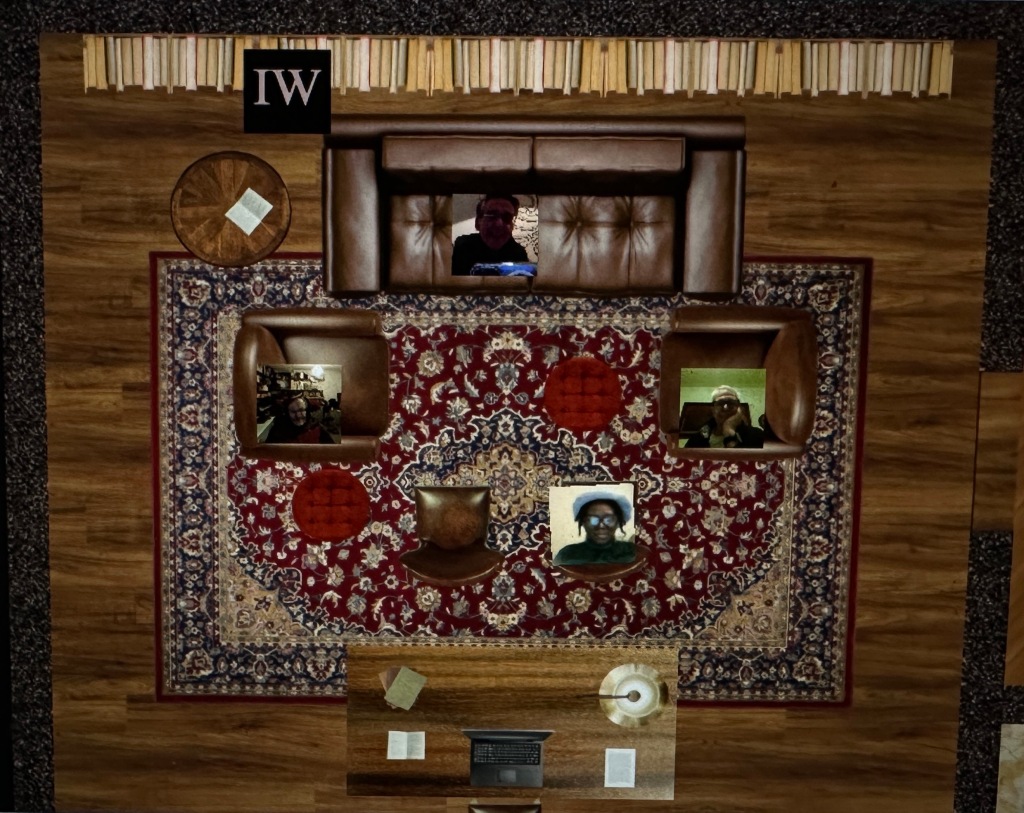
Screenshots of the Fourth Portal Lucia House virtual and real-world testing (2022)
Hybrid is different
Hybrid will be much less about consumption and more about connection and reconnecting, not only to individual people but to places, activities, environments and communities. Hybrid will become more democratic and less dictated. It will reverse the trend towards social isolation that has been growing.
Social isolation and loneliness are increasingly being recognised as a priority public health problem and policy issue for older people. (World Health Organisation, Social Isolation and Loneliness)
https://www.who.int/teams/social-determinants-of-health/demographic-change-and-healthy-ageing/social-isolation-and-loneliness
Whereas social media is about creating content for others to consume, hybrids will become an avenue to connect to like-minded communities. Geographical location will become less of a hindrance to meeting new people. Even language will become less of a barrier to finding such communities as languaging applications allow instant translation.
Providing spaces for this new collective mind view is at the heart of the Fourth Portal and the Fourth Portal Lucia House. Spaces where people seed new ideas, grow networks, watch relationships flower and feed a new generation of positive connectivity.
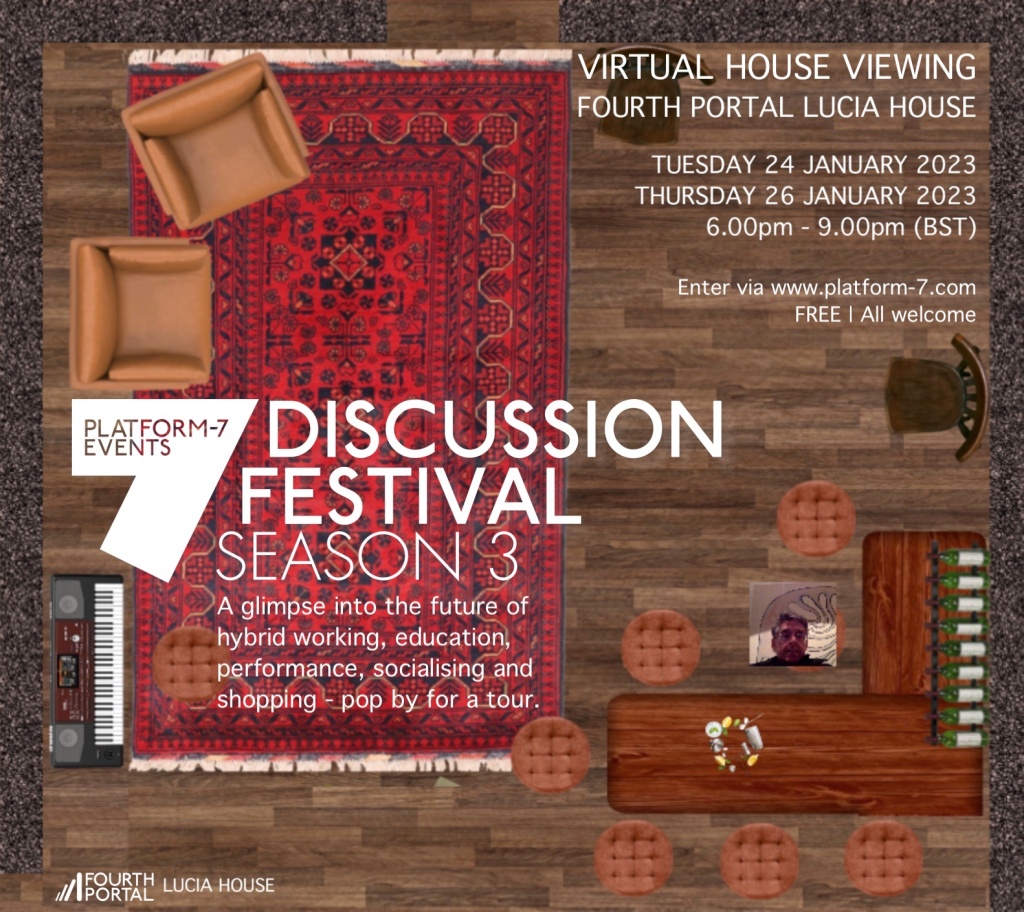
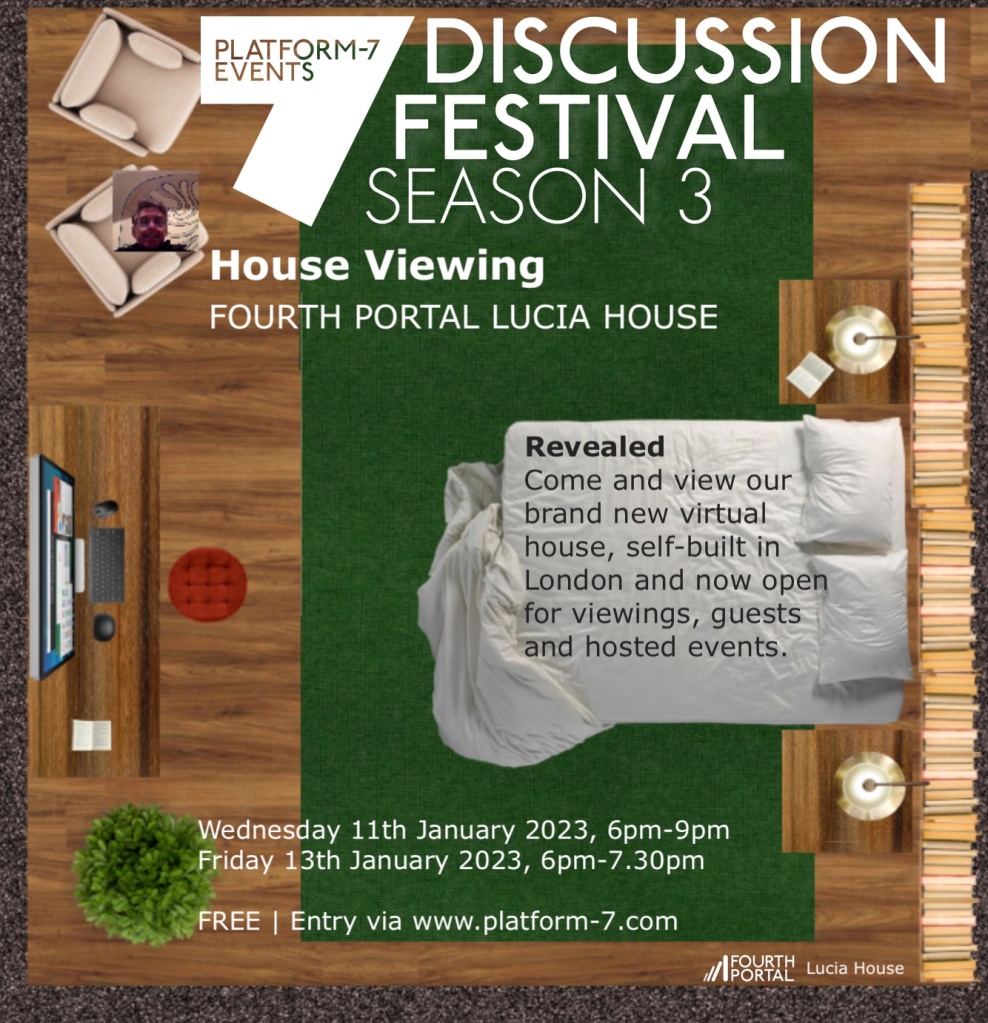
Viewing the Fourth Portal Lucia House promotion
Conclusion
Many of the recent ills in society are blamed squarely on social media. Algorithms driving social media have certainly contributed towards antagonistic social interaction. Feelings of inadequacy and FOMO – fear of missing out – have had consequences for many people. On the other side, there have been, and are, many positive aspects to social media, including bringing old acquaintances together, forming new friendship circles and keeping people updated on personal and business developments.
Social media can create connections but does not, in general terms, build meaningful relationships in the same manner as real-life interaction. This is where hybrids will be different. Hybrid spaces will be more akin to physical interaction.
The combination of global, efficient telecommunications accessible to much of the population provides opportunities to form relationships that were not possible in previous times. Advancements in machines and artificial intelligence will bring about a revolution in business and social interaction. It will lead to previously unimagined engagement with other people, some already known, others yet to be met.
Fourth Portal has been envisaged much like the World Wide Web (www). A web of nodes communicating with each other and sending messages back and forth. Instead of computer nodes, it will be people communicating with each other.
The Discussion Festival Season One was set out with virtual hosted tables that visitors could move between uninhibited. The Fourth Portal Lucia House has virtual rooms, with sofas, record players and wine racks, that people can wander in and out of and interact. The Fourth Portal’s tests in Great Yarmouth were to develop the real-world aspect of the hybrid model.
What comes next is how these seemingly different contexts bleed into one another to form a space that feels normal. Places like fully hybrid Fourth Portals will soon become the new normal. The technology will be almost secondary, it will be the meaningful relationships that form within the spaces. And not only between people but also between objects, the environment and the wider world. Join us! Subscribe or email here.
John M
We are testing our virtual Lucia House throughout 2023. To have a tour, check https://www.fourthportal.com/ for upcoming dates.
